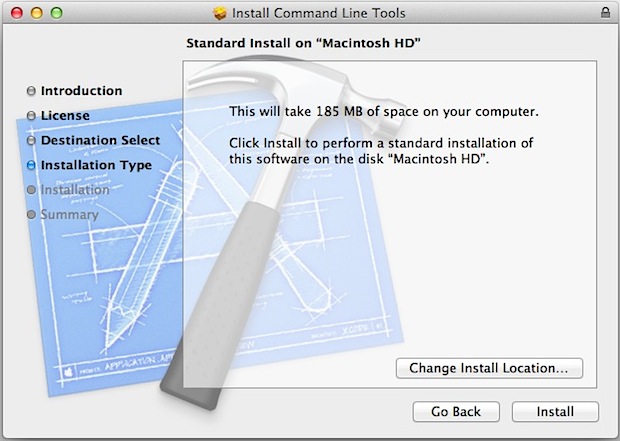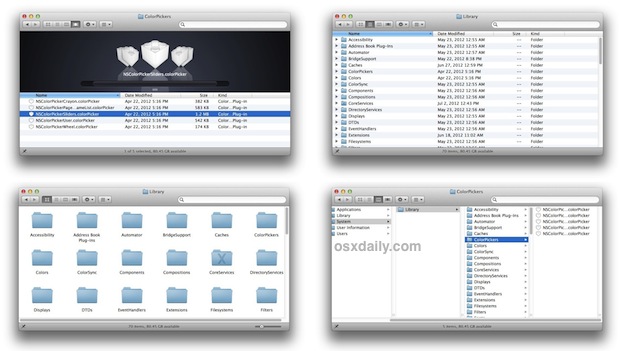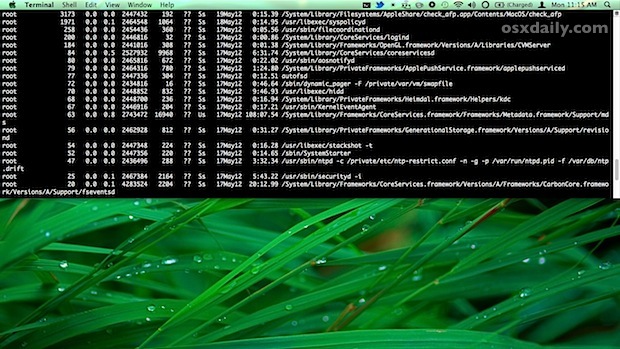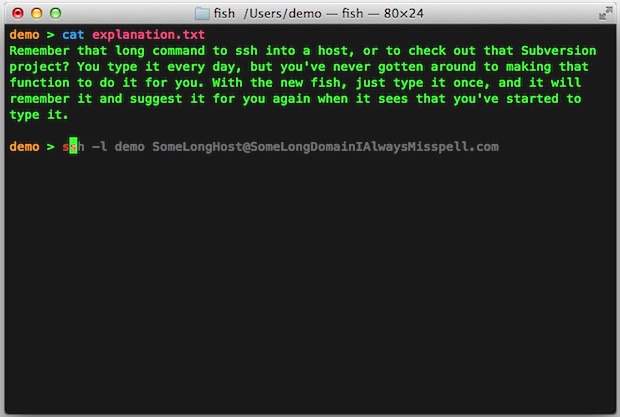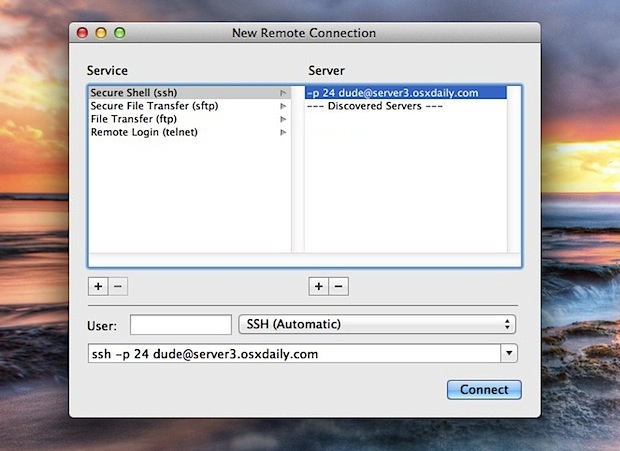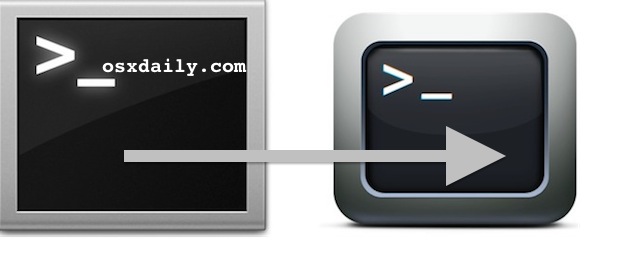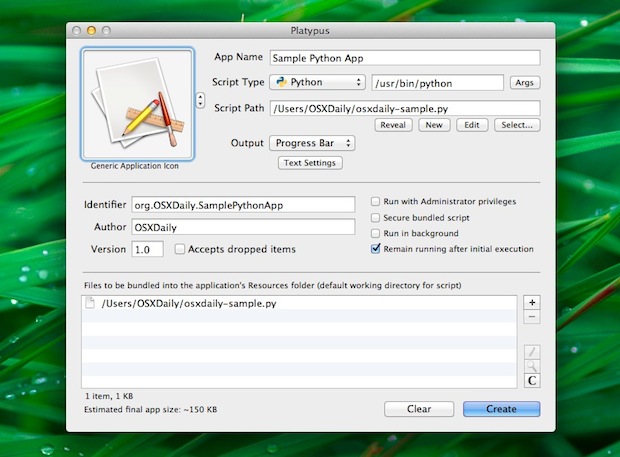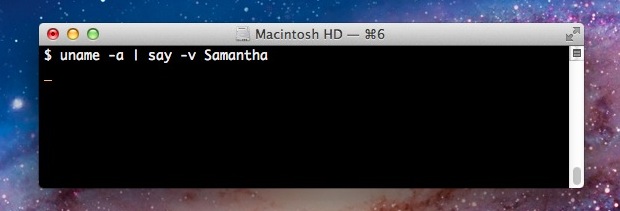Manage iOS Devices & Provisioning from the Command Line with Cupertino

iOS Developers typically have to login to Apple’s Developer Center website to manage provisioning and devices. That’s not terribly inconvenient, but it certainly could be easier, and that’s where Cupertino comes in. Cupertino is a third party command line interface to the Apple Dev Center and iOS Provisioning Portal, letting you add and list devices, … Read More

